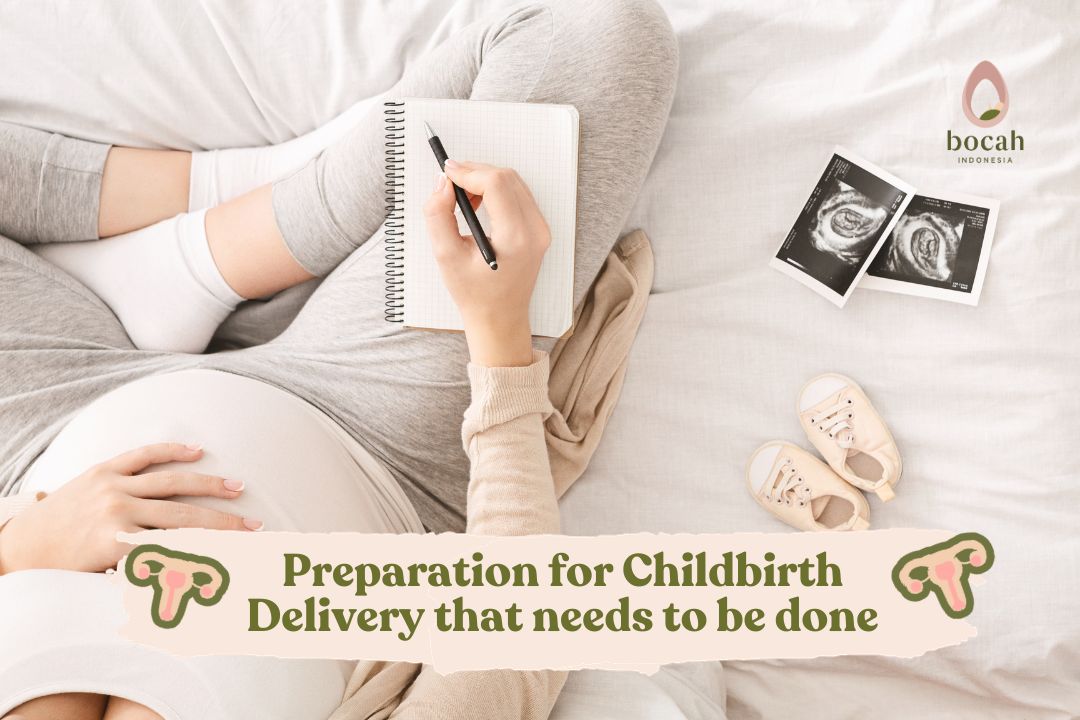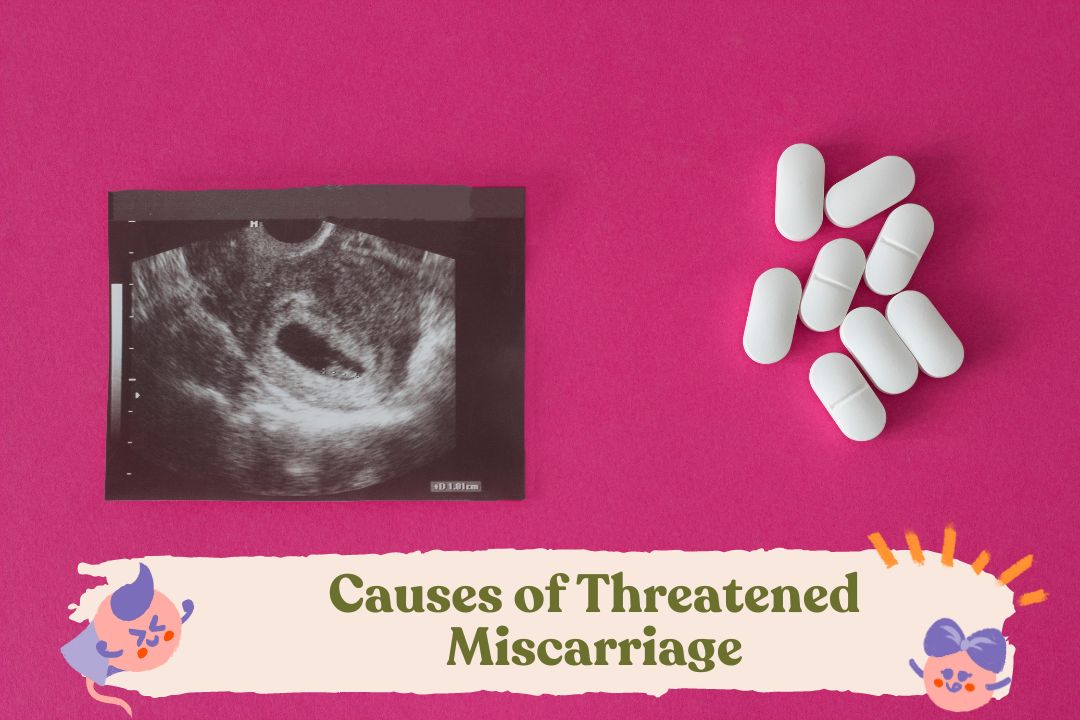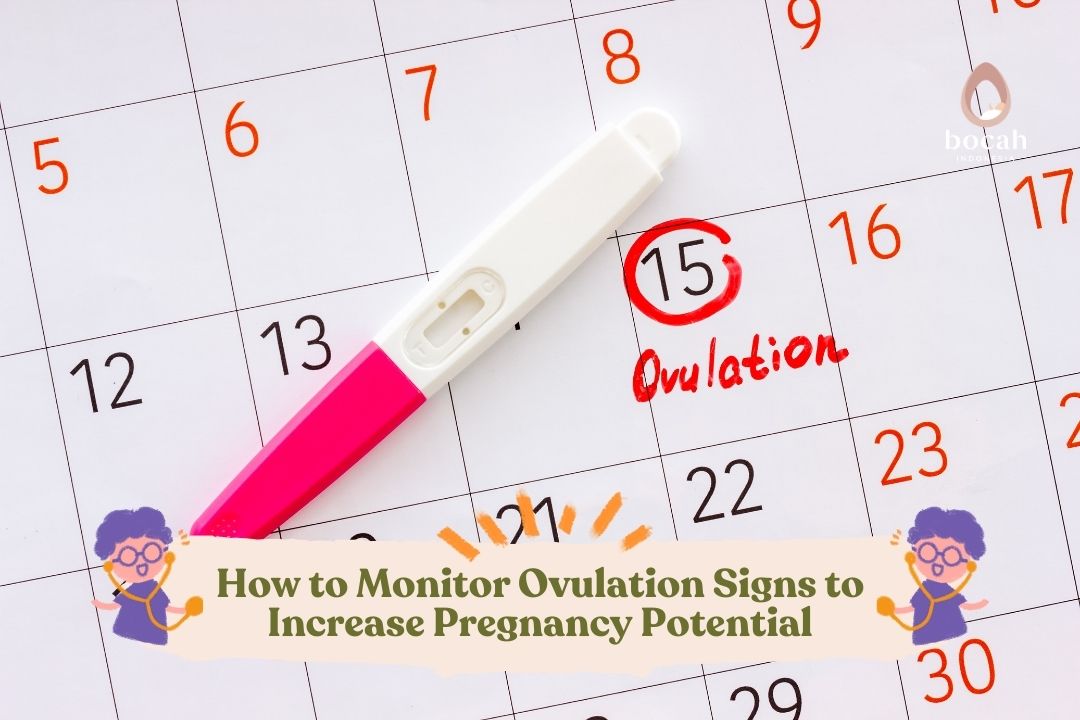Great Contractions, Signs of Labor Approaching

The signs of labor or the onset of childbirth vary from person to person. However, there are common symptoms that should be noted by expectant mothers. Find out the signs here!
Some women may not experience any symptoms or signs leading up to the day of delivery. On the other hand, some women may experience symptoms such as cramps for several days before labor begins. Emotional changes can also occur.
In this article, we will explain the common signs of the onset of labor and also discuss the different stages of the labor process and identifying signs of labor that may require medical attention.
Signs that Labor Is Near
There are several common signs that some pregnant mothers experience as they approach the time of delivery. These symptoms usually occur a few days before the Estimated Due Date (EDD), and some of them include:
1. Baby Descending
As the expected delivery date approaches, mothers may experience the baby descending lower, often referred to as “lightening.” This occurs when the baby’s head moves down into the mother’s pelvic cavity, indicating readiness to enter the world.
Tanya Mincah tentang Promil?
2. Increased Vaginal Discharge
Another sign that pregnant mothers may experience when labor is near is an increase in vaginal discharge. The discharge may be clear, pinkish, or slightly bloody. This can happen a few days before the baby is born or at the beginning of labor.
3. Nesting
Some women may experience nesting, an instinct that typically arises in the late third trimester or when the pregnancy reaches 38-39 weeks. Nesting involves a strong urge or desire to do something, often cleaning and organizing the home.
4. Cervical Changes The cervix
located above the vagina, serves as the gateway to the uterus. Usually, women may not notice these changes, but doctors can detect them during prenatal examinations. Typically, the cervix measures between 3.5 to 4 cm in length. As the body prepares for childbirth, the cervix will become shorter, softer, and begin to dilate. During labor, the cervix will dilate or open up to about 10 cm.
5. Braxton-Hicks Contractions or False Contractions
Braxton-Hicks contractions typically occur as the due date approaches but do not always indicate that labor is imminent. Some women may experience Braxton-Hicks contractions several weeks or months before delivery. Unlike true labor contractions, Braxton-Hicks contractions do not come at regular intervals and do not get closer together. They are usually mild but can cause discomfort. Many women find that these false contractions go away when they walk or change positions.
6. Contractions
Entering the labor process, expectant mothers will start to experience regular contractions. Contractions involve the muscles inside the uterus contracting and then relaxing. This helps the cervix to dilate and assists in pushing the baby out. In the early stages of actual labor, contractions typically last for 30-90 seconds and occur at regular intervals of 5-10 minutes. As labor progresses or becomes more active, contractions may occur every 2-3 minutes and last up to 90 seconds. The stronger the contractions and the shorter the time between them, the closer labor is to starting. Usually, women cannot talk or walk during actual labor contractions.
7. Rupture of the Amniotic Sac
When the baby is ready to come out, the amniotic sac containing the baby will rupture. This fluid will leak through the cervix and out of the vagina. Some women may experience a gush of amniotic fluid, while others may feel a slow trickle. This typically happens when someone is in active labor.
Emergency Signs of Labor
1. Premature Labor
A woman may experience premature labor if she has actual labor contractions, her water breaks, or she passes the mucus plug before reaching the 37th week of pregnancy.
2. Heavy Bleeding
Vaginal discharge that is pink, red, or slightly bloody is usually common. However, if a woman experiences heavy bleeding, she should promptly contact her healthcare team.
3. Stalled Labor
Sometimes, women find that their actual labor contractions become weak rather than stronger over time. Other complications that can impede labor progress include an insufficiently dilated cervix or a baby not properly descending into the birth canal.
If a doctor or midwife deems that labor is not progressing as it should, they may prescribe medications to stimulate contractions or recommend a Cesarean section, which involves the baby being delivered from the womb through surgery.
4. Premature Rupture of the Amniotic Sac
Normally, labor will commence within 24 hours after the amniotic sac ruptures. If this does not occur, a doctor may perform labor induction to stimulate contractions.
Women’s Healthcare Team
If you have concerns about your labor symptoms, it is advisable to speak with your obstetrician. For information on pregnancy or infertility, you can read more on Bocah Indonesia’s website.
Source:
- Contractions and signs of labor. Diakses 2023. https://www.marchofdimes.org/pregnancy/contractions-and-signs-of-labor.aspx
- Women’s Health. Labor and birth. Diakses 2023. https://www.womenshealth.gov/pregnancy/childbirth-and-beyond/labor-and-birth
- Mercer, J. S., et al. Effects of delayed cord clamping on 4-month ferritin levels, brain myelin content, and neurodevelopment: A randomized controlled trial. Diakses 2023. https://www.jpeds.com/article/S0022-3476(18)30775-3/fulltext
- National Health of Service, UK. Signs that labour has begun. Diakses 2023. https://www.nhs.uk/conditions/pregnancy-and-baby/labour-signs-what-happens/
- What are some common complications during labor and delivery?. Diakses 2023. https://www.nichd.nih.gov/health/topics/labor-delivery/topicinfo/complications
- When Should You Consult an Obstetrician-Gynecologist? - 04/07/2025
- 4 Herbal Medicine to Improve Male Fertility - 01/07/2025
- 7 Signs of PCOS Every Woman Should Know - 30/06/2025







